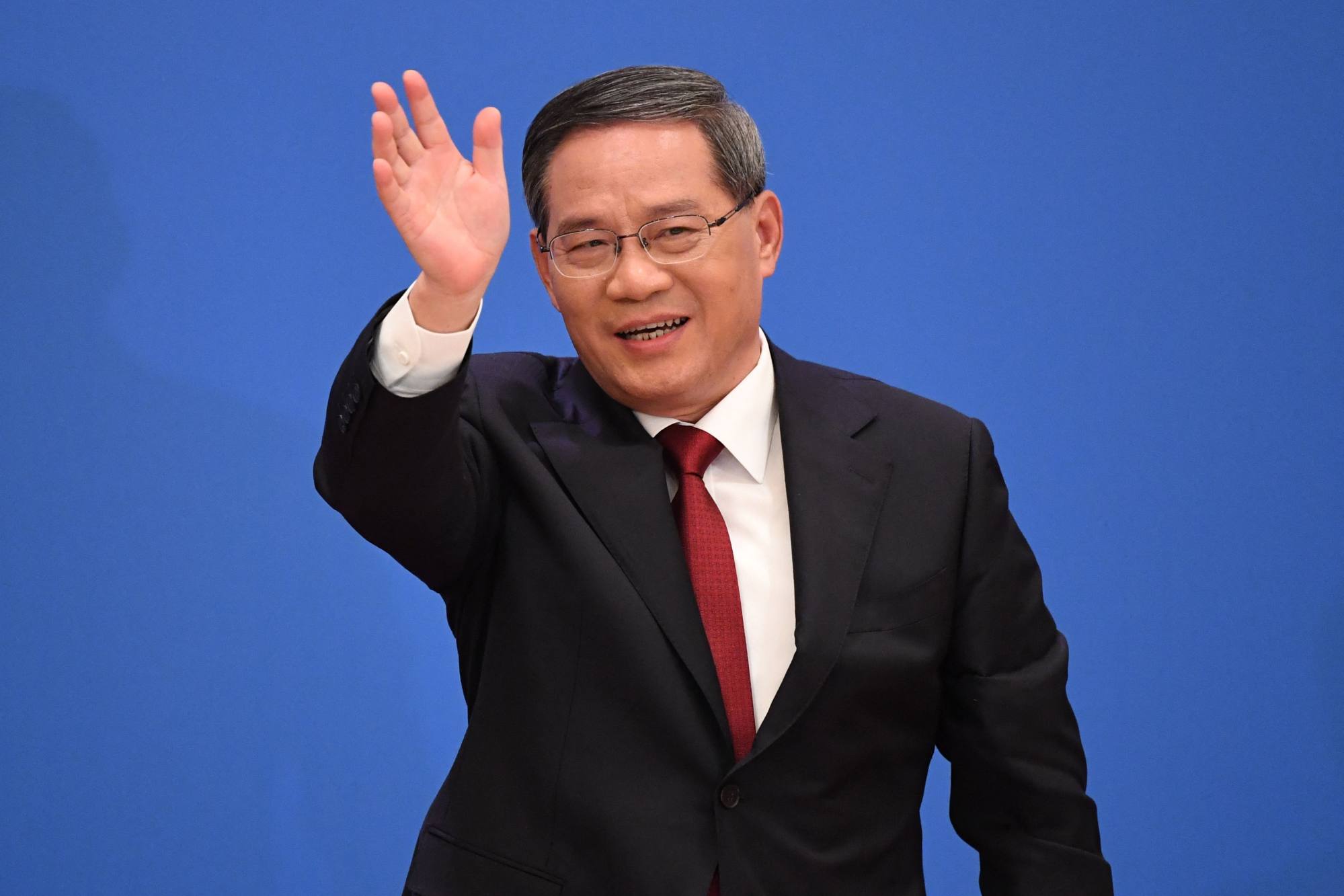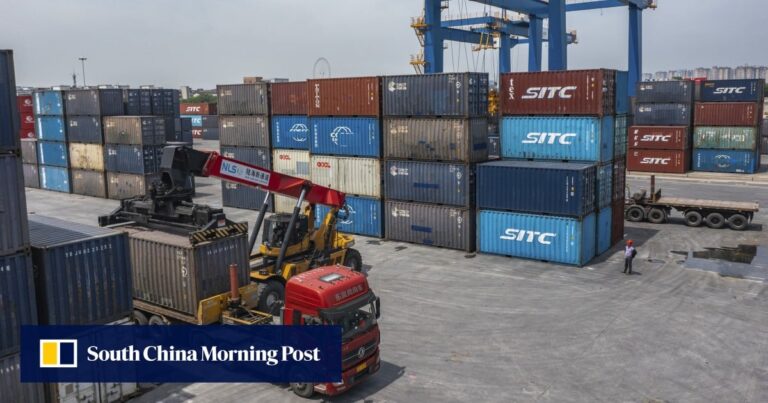Facing a series of economic headwinds, China aims to reduce logistics costs to boost domestic consumption and overseas competitiveness.
“More efforts are needed to optimize freight transportation, promote digitalization, smartness and greening of the logistics sector, and significantly reduce logistics costs,” Li said, according to state broadcaster CCTV.
Although exports have been growing for seven years, shipments fell by 4.6% last year due to sluggish external demand.
A 2.1% depreciation of the yuan against the dollar since the beginning of this year has helped exports, but the Chinese government denies that it artificially devalued the yuan to make products cheaper and has stabilized the yuan. He has clearly stated that he will.
Added to this are US accusations that China is flooding the market with subsidized EVs, uncertainty surrounding the US election in November, and US government investigations into China’s maritime, logistics and shipbuilding sectors. I’m joining.
Mr. Li’s call to cut transportation costs echoes commitments made at the Communist Party’s Central Economic Work Conference in December and in a government report released in March.

According to the China Logistics Information Center, logistics costs for every 100 yuan of GDP generated by the Chinese economy last year were 14.4 yuan, a decrease of 0.3 yuan from the previous year.
In contrast, U.S. logistics costs per unit of GDP reached an all-time high of 9.1% in 2022. India’s tax rate, on the other hand, is between 14% and 18%, and has promised to reduce it to 8% by 2030.
The Ministry of Transport has long emphasized the need for China to shift away from dependence on road freight to rail and sea transport. Following the release of a government report in March, it pledged to accelerate the creation of a “smart” and “green” logistics system.
Liu Yuhan of the China Logistics Information Center told CCTV in the same month that, “Although progress has been made in the diversification of logistics routes over the past two years, basic infrastructure development is still far behind.”
“For example, connections to rail and ports are not efficient and result in a lot of unnecessary expenses.”
The drive to reduce transportation costs is part of China’s ambition to create a “unified market,” a buzzword referring to the seamless exchange of productive forces such as labor, goods, capital and data.
The idea behind this strategy is that creating more efficient and larger domestic markets will help insulate the economy from geopolitical challenges.
The State Council meeting over the weekend also called for further digital transformation of the manufacturing industry and more support for the digital transformation of small and medium-sized enterprises.
He also emphasized the importance of crop insurance for farmers and the creation of a level playing field to promote fair competition.


